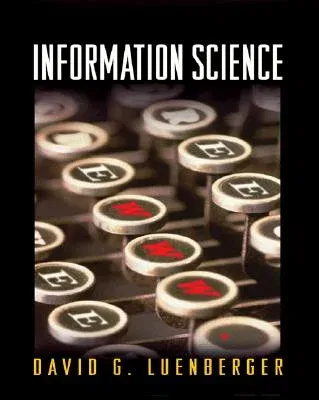From cell phones to Web portals, advances in information and
communications technology have thrust society into an information age
that is far-reaching, fast-moving, increasingly complex, and yet
essential to modern life. Now, renowned scholar and author David
Luenberger has produced Information Science, a text that distills and
explains the most important concepts and insights at the core of this
ongoing revolution. The book represents the material used in a widely
acclaimed course offered at Stanford University.
Drawing concepts from each of the constituent subfields that
collectively comprise information science, Luenberger builds his book
around the five "E's" of information: Entropy, Economics, Encryption,
Extraction, and Emission. Each area directly impacts modern information
products, services, and technology--everything from word processors to
digital cash, database systems to decision making, marketing strategy to
spread spectrum communication.
To study these principles is to learn how English text, music, and
pictures can be compressed, how it is possible to construct a digital
signature that cannot simply be copied, how beautiful photographs can be
sent from distant planets with a tiny battery, how communication
networks expand, and how producers of information products can make a
profit under difficult market conditions.
The book contains vivid examples, illustrations, exercises, and points
of historic interest, all of which bring to life the analytic methods
presented:
- Presents a unified approach to the field of information science
- Emphasizes basic principles
- Includes a wide range of examples and applications
- Helps students develop important new skills
- Suggests exercises with solutions in an instructor's manual

